#copernicus crater
Text

The moon's Copernicus crater. Through magic glasses. 1890.
Internet Archive
1K notes
·
View notes
Text

Mare Imbrium and Copernicus Crater l Manuel Huss
#moon#mare imbrium#copernicus crater#astrophotography#space#astronomy#planets#solar system#galaxy#nasa#stars#night#sky#universe
1K notes
·
View notes
Photo
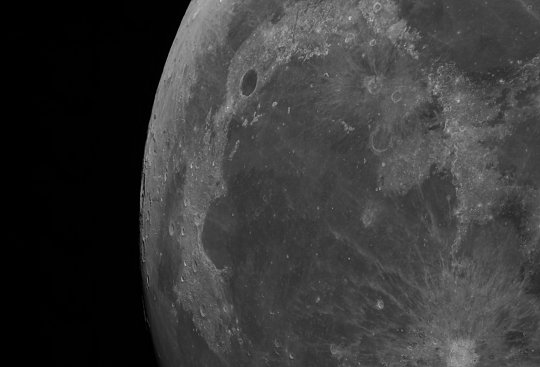
Mare Imbrium, the “Sea of Showers”, Plato Crater (top center), and Copernicus Crater (bottom right) // Walter Leonhard Schramböck
#astronomy#astrophotography#solar system#moon#the moon#luna#lunar surface#lunar maria#lunar sea#lunar crater#crater#maria#mare imbrium#sea of showers#plato crater#copernicus crater#plato#nicolaus copernicus
50 notes
·
View notes
Text
DUSTER WALL?!?!?!??!
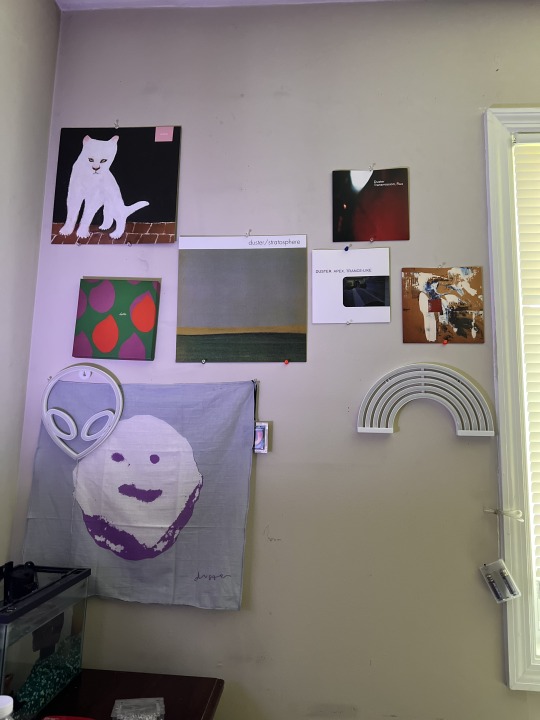
it ain’t done yet though
3 notes
·
View notes
Photo

11:48 AM EST February 8, 2023:
Duster - "Copernicus Crater"
From the album Duster
(December 13, 2019)
Last song scrobbled from iTunes at Last.fm
--
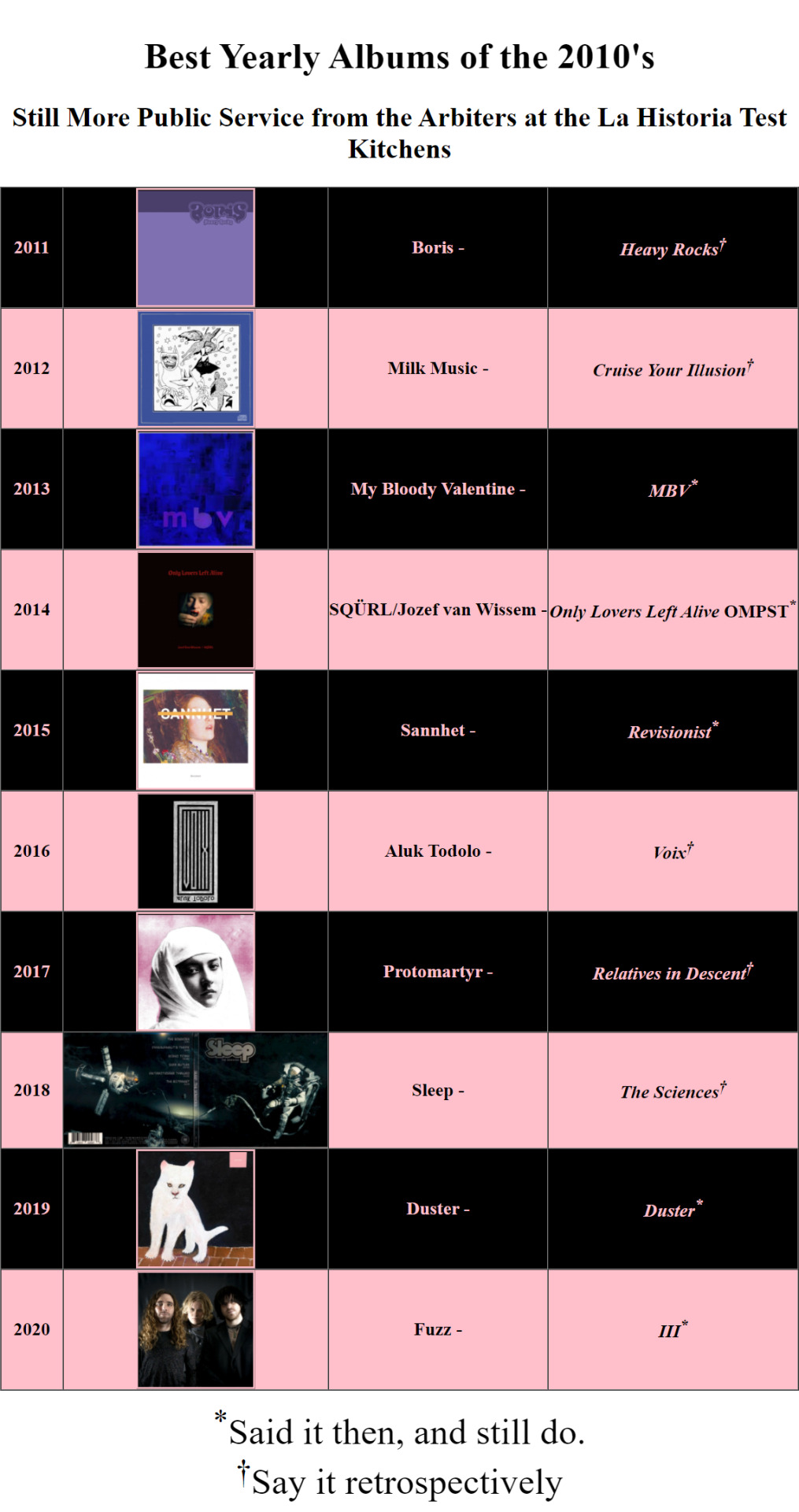
2 notes
·
View notes
Photo

Crater Copernicus
20 notes
·
View notes
Text











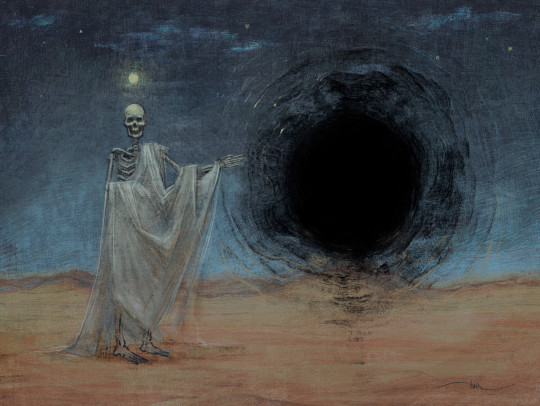
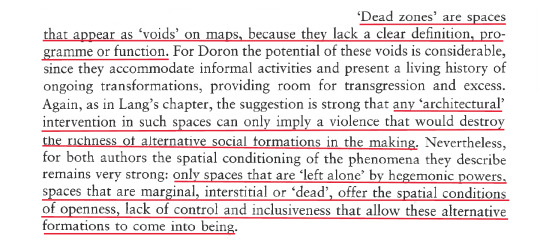
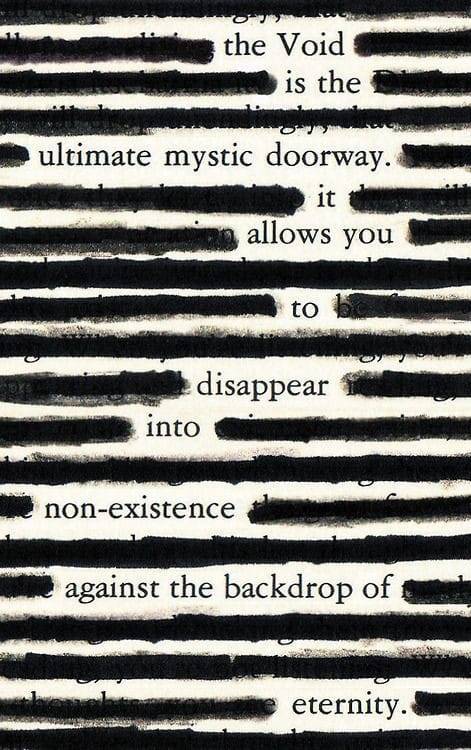
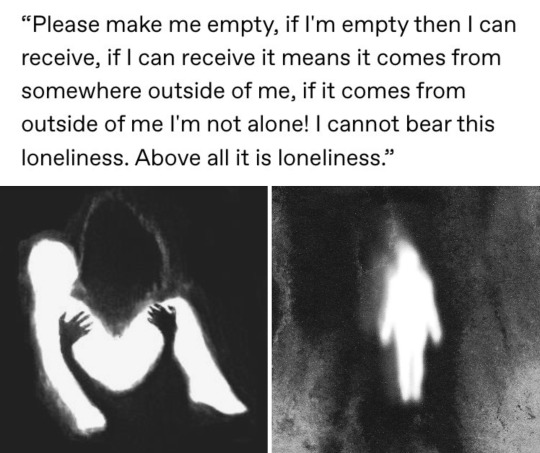

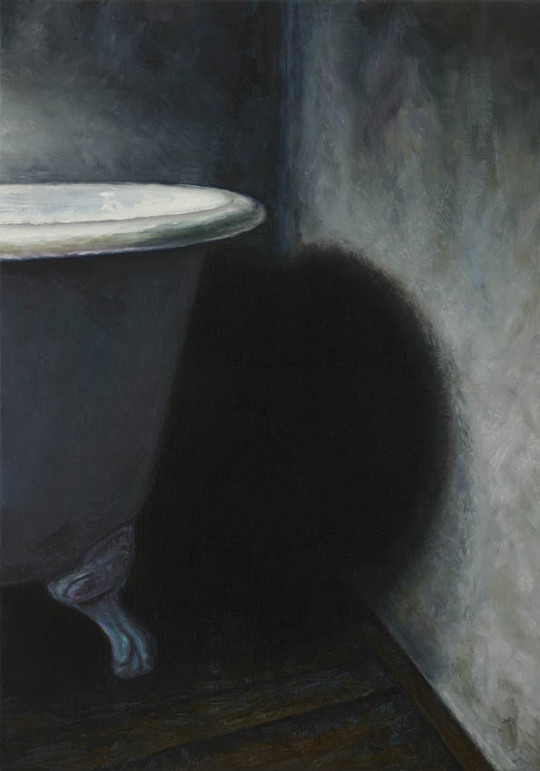

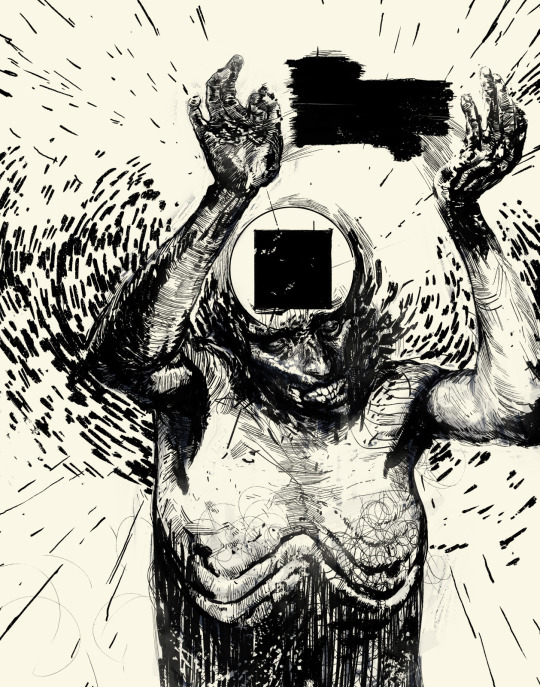





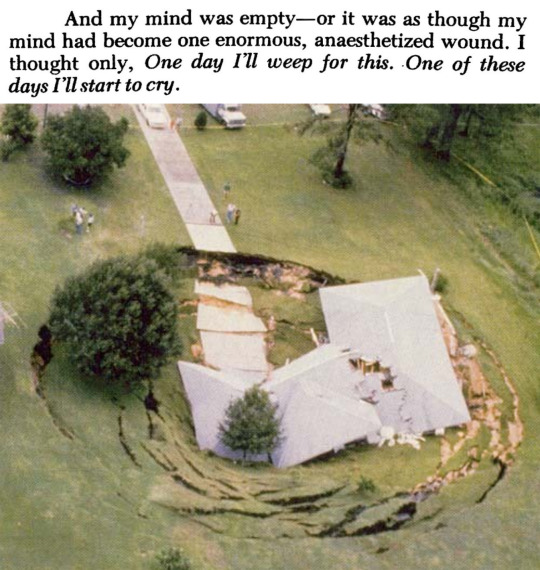

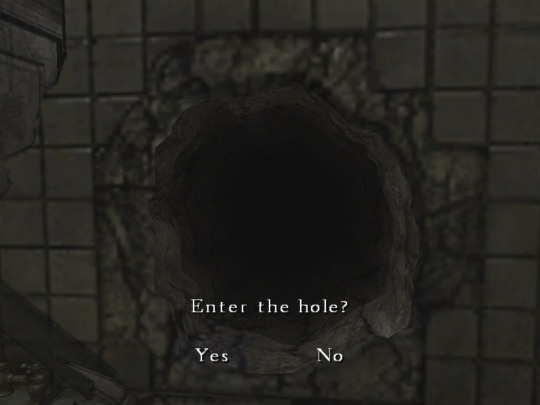

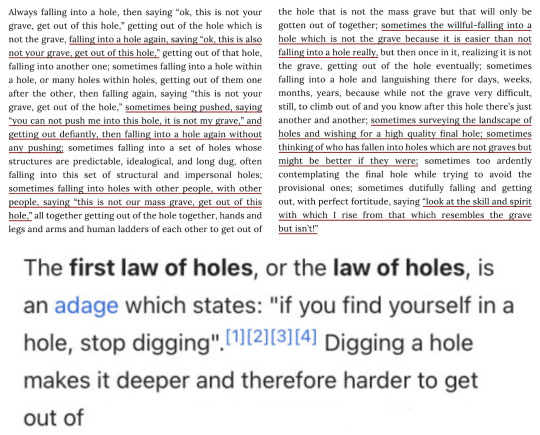

The future is a benevolent black hole.
Sagittarius A* / Kathy Acker, Pussy, King of the Pirates / Outer Wilds (2020) / Is There a God-Shaped Hole at the Heart of Mathematics? / Drain for overflowing water at Sambuco Dam, Lavizzara Valley / ? / Thomasin Frances, Hole Theory (15/10/2022) / Bryan’s Ground, a public garden in Herefordshire on the Welsh border. / odd, weird, strange and unusual / Mark Z. Danielewski, House of Leaves / Evil (2019-2014) / Judas H., Overflowing With Empty / Illustration of the Annular Eclipse of 1836 from “A fourteen weeks course in descriptive astronomy”, Joel Dorman Steele (1836-1886) / @imdad_barbhuyan on Instagram / The moon’s Copernicus crater. Through magic glasses. 1890. / Kaveh Akbar / Dune (2021) / Yousif M. Qasmiyeh, The Camp is a Bait for Time / Darina Muravjeva, Hole / Hilde Heynen in Heterotopia and the City / x / Leonard Cohen, Beautiful Losers / x / Louise Glück, from Descending Figure / Anne Carson, Eros the Bittersweet: An Essay. / Caitlyn Siehl, What We Buried; from “A Letter To Love” / Lara de Moor, Orb (2014) / Sam Sax, Pig / The National - Wake Up Your Saints / Aleksander Rostov / Sanna Wani, from “Princess Mononoke (1997)”, My Grief, the Sun / Gregory Orr, [i want to go back] / Thomas Ott / ? / Judas H., Overflowing With Empty / James Baldwin, Giovanni’s Room / Massive sinkhole swallows house in Florida / Edna St Vincent Millay, in Letters (1952) /Silent Hill 4 (2004) / @/vren-diagram / Anne Boyer, What Resembles the Grave But Isn’t / Law of Holes / Scarlet Hollow (2021) / Lucy Dacus - Cartwheel
(part one)
#HERE IT FINALLY IS#let's please ignore how many fucking hours it took me to make this. someone should pay me for these#hole theory#outer wilds#leonard cohen#anne carson#the national#disco elysium#because yes that is harry good eye <3#princess mononoke#giovanni's room#silent hill#silent hill 4#anne boyer#scarlet hollow#black tabby games#lucy dacus#*#james baldwin#louise glück#**#evil#cbs evil#evil cbs#dune#frank herbert#paul atreides#lady jessica#shai hulud#religion
1K notes
·
View notes
Text
The original Moon landing sites
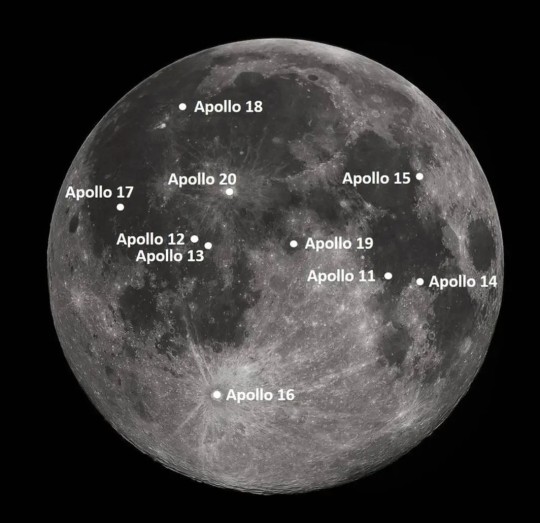
"NASA contracted to have 15 flight-worthy Saturn V rockets produced. Apollo 11 achieved the first landing with the sixth Saturn V, leaving nine for follow-on landings. The following landing sites were chosen for these missions, planned to occur at intervals of approximately four months through July 1972."
Note: I've updated this list with the original tentative planned launch dates.
G-type Mission
Apollo 11: (G) Mare Tranquillitatis, July 1969
H-type missions
Apollo 12: (H1) Ocean of Storms (Surveyor 3 site), November 1969
Apollo 13: (H2) Fra Mauro Highlands, March 1970
Apollo 14: (H3) Littrow Crater, July 1970
Apollo 15: (H4) Censorinus Crater, November 1970
J-type missions, the extended stay missions
Apollo 16: (J1) Descartes Highlands or Tycho Crater (Surveyor 7 site), April 1971
Apollo 17: (J2) Marius Hills or Marius Hills volcanic domes, September 1971
Apollo 18: (J3) Copernicus crater or Schröter's Valley or Gassendi crater, February 1972, later July 1973
Apollo 19: (J4) Hadley Rille, July 1972, later December 1973
Apollo 20: (J5) Tycho Crater or Copernicus Crater or Marius Hills, December 1972, later July 1974
As we all know, plans were changed and missions were cancelled. But it's nice to see what was initially planned.
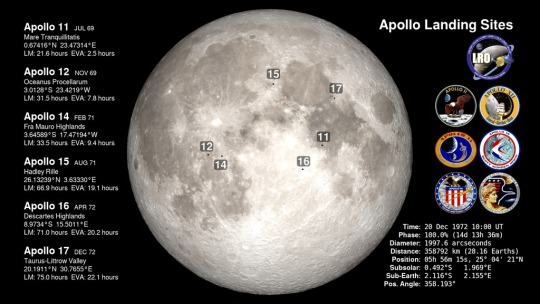
To compare with the actual landing sites and dates:
Apollo 12: (H1) Ocean of Storms (Surveyor 3 site), November 1969
Apollo 13: (H2) never landed, April 1970
Apollo 14: (H3) Fra Mauro, January-February 1971
Apollo 15: (J1) Hadley–Apennine, July-August 1971
Apollo 16: (J2) Descartes Highlands, April 1972
Apollo 17: (J3) Taurus–Littrow, December 1972
NASA ID: link, link
Information from Astronautix: link
Information from Wikipedia: link
#Apollo 11#Apollo 12#Apollo 13#Apollo 14#Apollo 15#Apollo 16#Apollo 17#Apollo 18#Apollo 19#Apollo 20#NASA#Apollo Program#Moon#Moon landing#Lunar Module#cancelled#G-type Mission#H-type mission#J-type mission#Cancelled Mission#my post
436 notes
·
View notes
Text
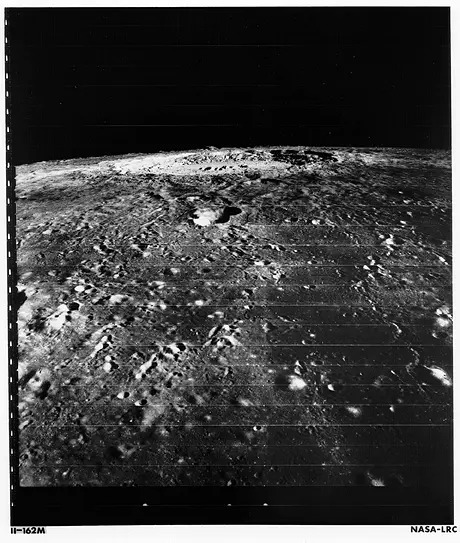
Lunar Orbiter 2, Copernicus crater on the Moon (November 24, 1966)
#astronomy#lunar orbiter 2#krakenmare#solar system#astrophotography#outer space#nasa#space#thank you nasa#moon
60 notes
·
View notes
Photo

Part of sheet 2 of the Apollo Mission 17 Lunar Photography Index map. This map provides a spatial index of the strips of large format black and white images that were taken by the 610 mm focal length ITEK panoramic camera used on the mission. The high-resolution panoramic photographs were recorded in stereoscopic and monoscopic modes. The orbital altitude for the panoramic images was 111 kilometers above the moon's surface.
One of the lasting legacies of the Apollo missions is the huge archive of high quality photographic images - over 30,000 in total. Apollo missions 15,16 and 17 deployed a high quality Panoramic camera, that could obtain pictures of narrow strips of the Moons surface as the service module orbited the Moon. At the scale of the Moon's surface, these images were 20 kilometers wide and nearly 320 kilometers long, with high resolution that could be used to identify features down to about 2 meters in size. During Apollo 17, the panoramic camera was used on nine orbits and obtained nearly 1600 usable images.
The Panoramic camera automatically recorded images, but the Apollo 17 crewmen could intervene to control the camera power and operational modes. The film cartridges were retrieved from the external location.
The image shown here is part of an index map, on which the locations of the image strips were plotted. This index map shows the Moon's surface close to the crater Copernicus (which can be seen on a clear night from the Earth using binoculars). The crater is located slightly left of and above 20° W, 10° N, which is at the centre of the side of the Moon that faces the Earth. Further south is the Mare Cognitum (literally the Sea that has become known). Several spacecraft have landed on, or near to, Mare Cognitum, including; Luna 5, Ranger 7, Surveyor 3, and Apollo 12. The landing site of Apollo 14, the Fra Mauro formation, is also close to Mare Cognitum.
Many of the features on the surface of the moon are named after pioneering astronomers or optical scientists. These names are not well known outside of astronomy, but when the names of these pioneers are collected together they form surprisingly lyrical stanzas;
Kepler, Flamsteed, Wolf.Marius, Milichius.Lalander, Loewy. Gassendi, Euclides.Gambart, Lippershey, Kies.
In the the early 1990's the American landscape photographer Michael Light obtained permission from NASA to work with the archive of original photographic negatives from all of their Moon missions. The result of this collaboration included the publication of a book by Light called Full Moon in 1999. This was his imagined photographic narrative of a single Moon mission created by composite. Light also created very large digital prints from the images and made a travelling exhibition of them. A selection of these prints are on permanent exhibit at the America Museum of Natural History in New York.
via datedeluge
157 notes
·
View notes
Photo

Crater Copernicus
Credits: Apollo 17 Crew, NASA
39 notes
·
View notes
Text



Copernicus Crater on the Moon
l Andrew McCarthy l NASAMoon l Manuel Huss
#moon#copernicus#crater#astrophotography#nasa#astronomy#stars#planets#galaxy#solar system#night#sky#space#universe
603 notes
·
View notes
Text
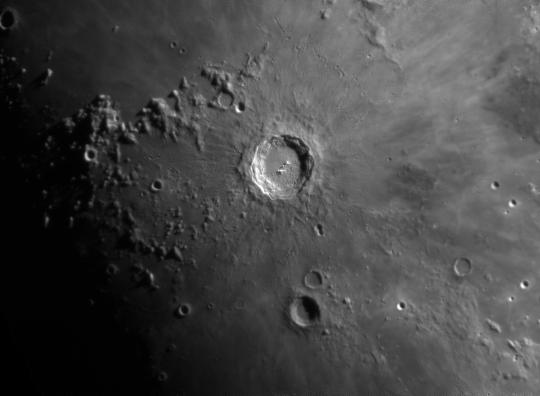
Copernicus crater on the Moon // Gonzalo
Copernicus crater is named after none other than Polish astronomer Nicolaus Copernicus (1473 - 1543), the man who came up with a model of the universe that placed the Sun at the center rather than the Earth. (Just ignore Aristarchus of Samos who did that eighteen centuries earlier!)
#astronomy#astrophotography#solar system#moon#the moon#luna#lunar surface#crater#lunar crater#copernicus#nicolaus copernicus#history
27 notes
·
View notes
Text
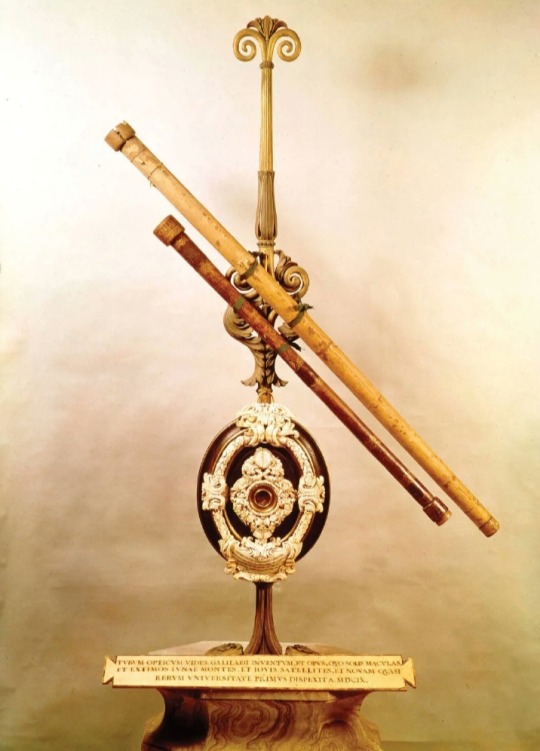
Galileo's first telescopes 🔭
Galileo's (1564-1642) early telescopes, which he constructed in the early 17th century (around 1609), marked a major advancement in observational astronomy.
These telescopes were based on the principles of existing Dutch telescopes, which had been developed by spectacle makers in the Netherlands.
These early telescopes, known as refracting telescopes, utilized a combination of lenses to gather and focus light, magnifying distant objects. Galileo further refined and improved their design.
The design of Galileo's telescopes typically consisted of a convex objective lens (the primary lens) and a concave eyepiece lens (the secondary lens).
The objective lens collected light from distant objects and converged it to a focal point, forming an image.
The eyepiece lens then magnified this image for the observer to see.
Galileo's telescopes had relatively low magnification power compared to modern telescopes, but they enabled him to make groundbreaking observations.
With these instruments, he made a series of significant discoveries, including:
Observations of the Moon
Galileo observed the rugged, mountainous surface of the Moon, challenging the prevailing belief in its perfect smoothness.
He also noticed the presence of craters and other lunar features.
Sunspots
It revealed that the Sun was not a perfect sphere and that it rotated on its axis
Discovery of Jupiter's moons
He observed four of Jupiter's largest moons, now known as the Galilean moons.
Their discovery provided evidence that not all celestial bodies orbited the Earth, challenging the geocentric model of the universe.
Phases of Venus
Galileo observed the phases of Venus, which he interpreted as evidence for the heliocentric model of the solar system proposed by Copernicus.
This observation suggested that Venus orbits the Sun and not the Earth.
Observation of Saturn
Galileo observed Saturn and its rings, although he was not able to discern the true nature of the rings due to limitations in his telescope's resolving power.
Galileo's telescopes revolutionized astronomy by providing concrete evidence that supported the Copernican heliocentric model of the solar system.
His observations and discoveries contributed to a profound shift in our understanding of the cosmos and laid the foundation for modern observational astronomy.
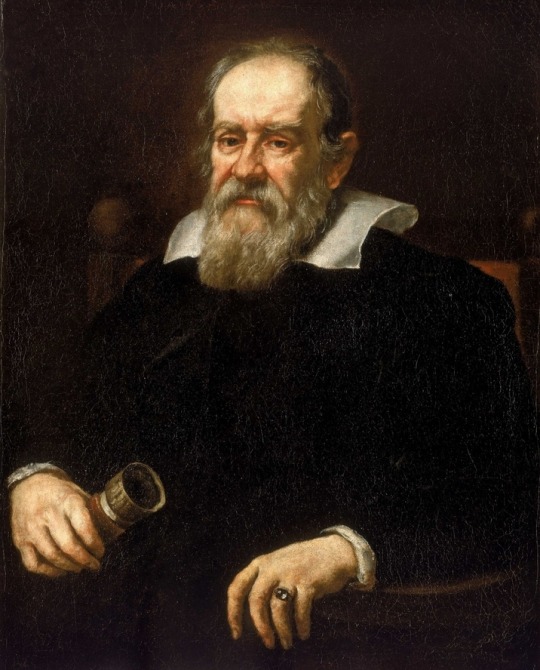
Galileo di Vincenzo Bonaiuti de' Galilei (15 February 1564 – 8 January 1642) was an Italian astronomer, physicist and engineer, sometimes described as a polymath.
He was born in the city of Pisa, then part of the Duchy of Florence.
Galileo has been called the "father of observational astronomy, modern-era classical physics, the scientific method, and modern science."
#Galileo di Vincenzo Bonaiuti de' Galilei#Galileo Galilei#telescopes#astronomy#observational astronomy#Galilean moons#refracting telescopes#moon#sunspots#Jupiter#Venus#Saturn#cosmos#planets#science#scientific discovery
64 notes
·
View notes
Photo

6:31 PM EDT April 13, 2024:
Duster - "Copernicus Crater"
From the album Duster
(December 13, 2019)
Last song scrobbled from iTunes at Last.fm
It always takes a while for this kind of shit to line up for me, but by now, it's become crystal clear to me that this was the best album of 2019
File under: Slowcore
--
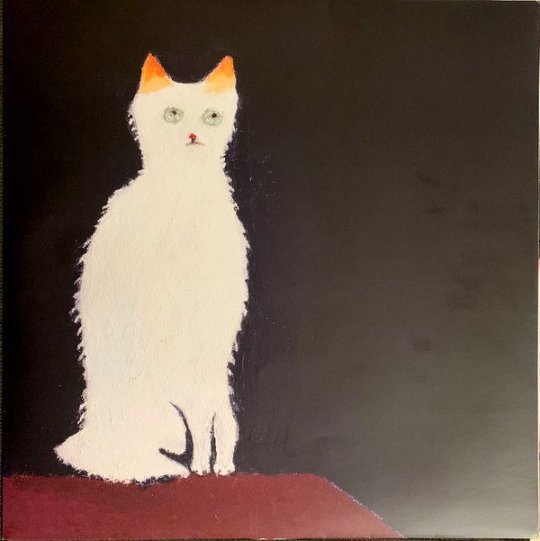
0 notes
Text
gally as galileo galilei
masterlist
summary: an analysis of james dashner’s choice to name gally after galileo galilei, and the similarities gally and galileo galilei have.
word count: 560
warnings: talk of trauma, triggers, death, and abuse/manipulation by religious groups
a/n: happy birthday will poulter! this is the first part of my wave of stuff for will's birthday. just a lil observation i made, and ofc, a lot of love for my sweet precious baby, gally.

𝗘𝗩𝗘𝗥𝗬 𝗖𝗛𝗔𝗥𝗔𝗖𝗧𝗘𝗥 in The Maze Runner is named after an important historical figure. Thomas is Thomas Edison, Newt is Isaac Newton, etc…
Everyone acts like these characters got their names randomly, but it's so obvious to me that their names directly correlate to their purpose in the story.
Thomas Edison was an inventor who created unique solutions to problems that had stumped other scientists for ages…Thomas was able to creatively solve the Maze after the Gladers struggled on it for three years. Isaac Newton was smart as hell, and he made discoveries that laid the foundation for many other scientific discoveries. Sound familiar? Newt laid the foundation for the Glade by holding a massive amount of info and ideas. Winston Churchill spent his life trying to gain world peace…much like how Winston tried to make both sides happy and bridge the gap when Gally took over.
With this information in mind, let's take a look at Gally and his namesake, Galileo Galilei. Often called the father of modern science, Galileo made over fifty revolutionary discoveries about science, influencing tons of scientists, namely Isaac Newton and Albert Einstein. Galileo discovered the moons of Jupiter, the rings of Saturn, the phases of Venus, and the craters and mountains on the moon. He also proved the earlier theory of Nicolaus Copernicus that the Earth was revolving around the sun. He invented an early microscope. He developed the mathematical ideas on the motion of objects on an inclined plane, the acceleration of free-falling bodies, and the movement of a pendulum. Basically, he was a really cool dude.
Gally was one of the most knowledgeable and foundational people of the Glade, made clear by his position as a Keeper and his obvious love for stability. He wasn't afraid to share his opinion (much like Galileo) and consistently contributed important information and solutions to the Glade. Also, to be a Builder, you have to have at least a basic understanding of physics. Gally obviously understood basic physics concepts, because all of the buildings in the Glade are sturdy and standing. Similarly, math is very important to be a Builder, so as Keeper of the Builders, he obviously had an understanding of mathematics. Basically, Gally is smart. Like his namesake.
But the similarities don't end there. When Galileo tried to bring forth his evidence of the Copernician doctrine that the Earth revolves around the sun, he was labeled a heretic by the church and ex-communicated, and placed under house arrest for the rest of his life. Yeah, for stating his opinions, he was forced out of what should have been a safe place, ostracized, and had to die alone. Similar to Gally, don't you think? Sure, he shouldn't have antagonized Thomas without explaining why, but the truth still remains that he had trauma and Thomas was a trigger. He thought he was helping by pointing out Thomas's role in his memories, and then instead of at least listening, his friends of the past three years immediately sided with the boy they'd known for three days, ostracizing him from the only safe place and family he'd ever known. He was also left to die alone by these friends, much like Galileo.
Yeah, as much as I hate to say it, James Dashner knew what he was doing here, and Gally and Galileo both need to find better friends.
#gally#gally tmr#tmr gally#the maze runner#gally the maze runner#analysis#character study#galileo galilei#gally character study#will poulter#will poulter's birthday#happy birthday will poulter
22 notes
·
View notes